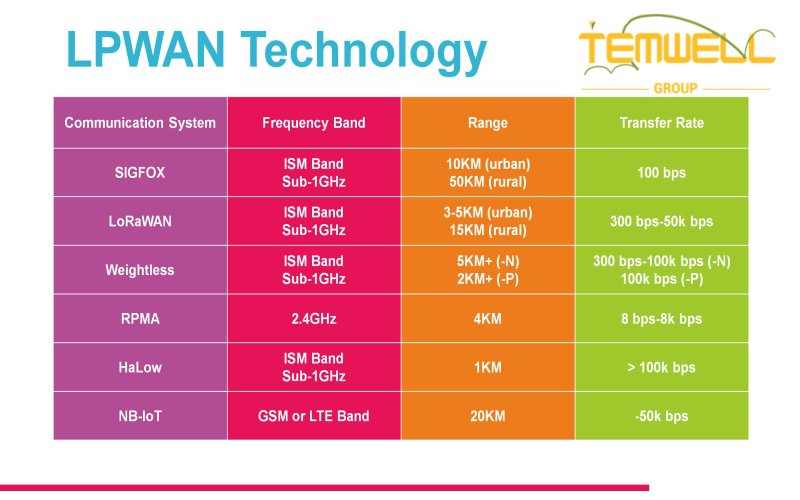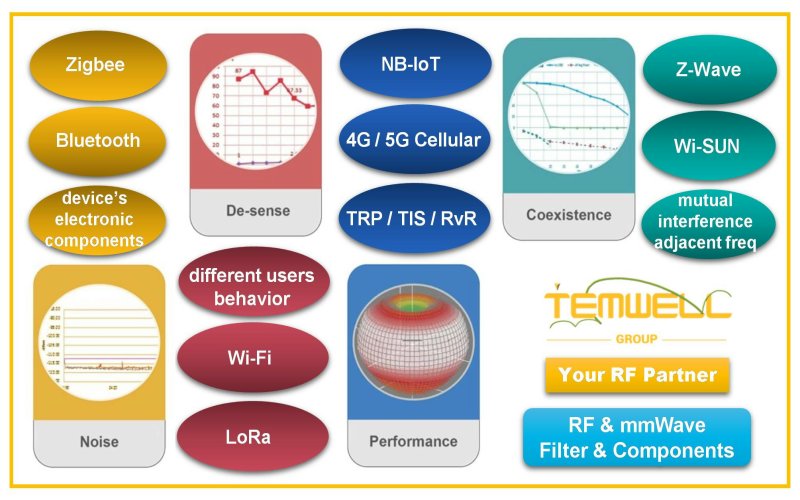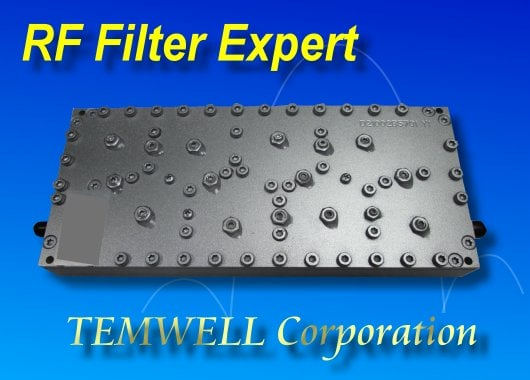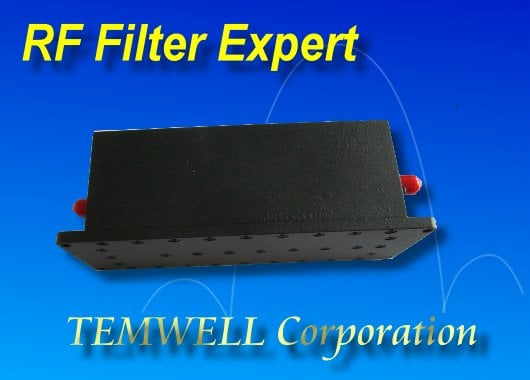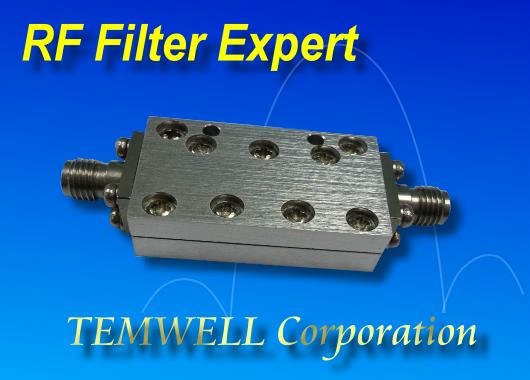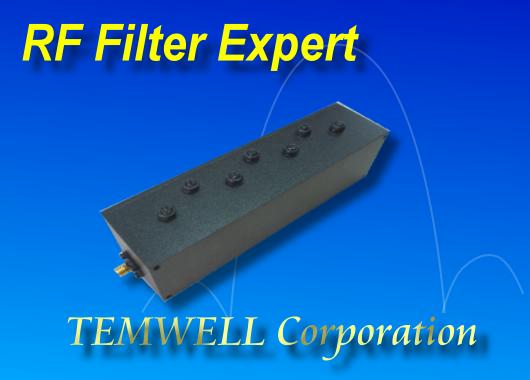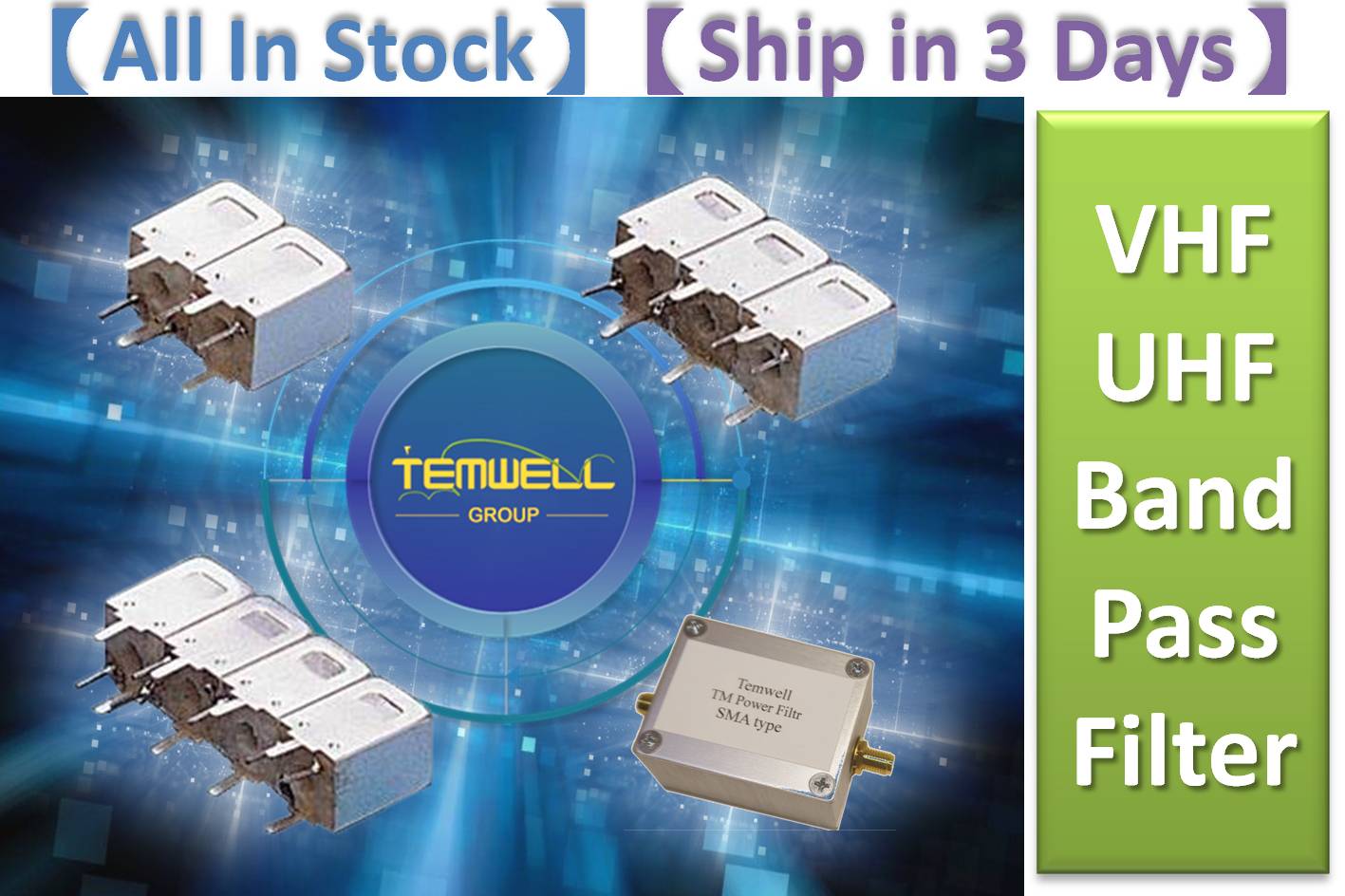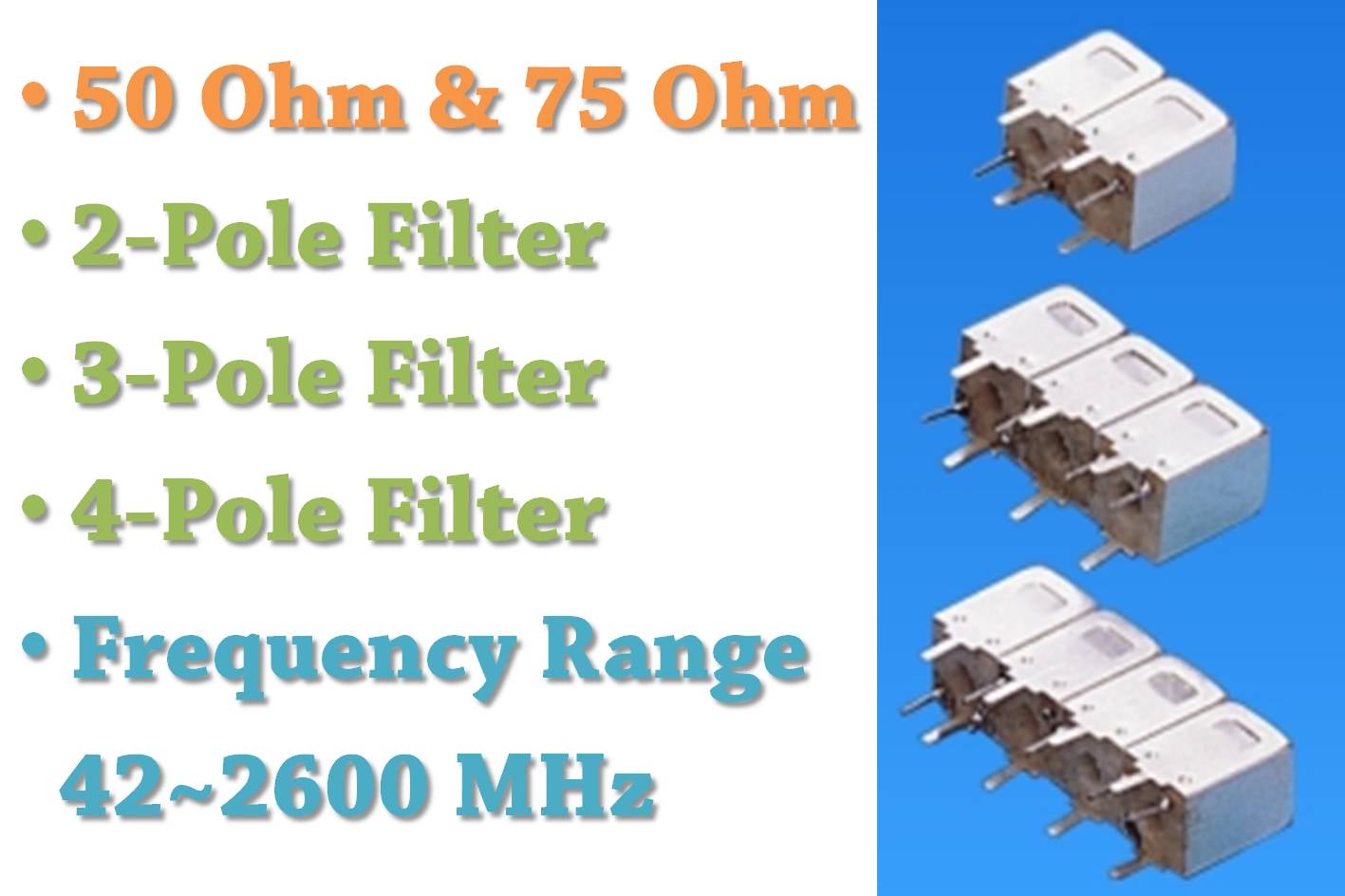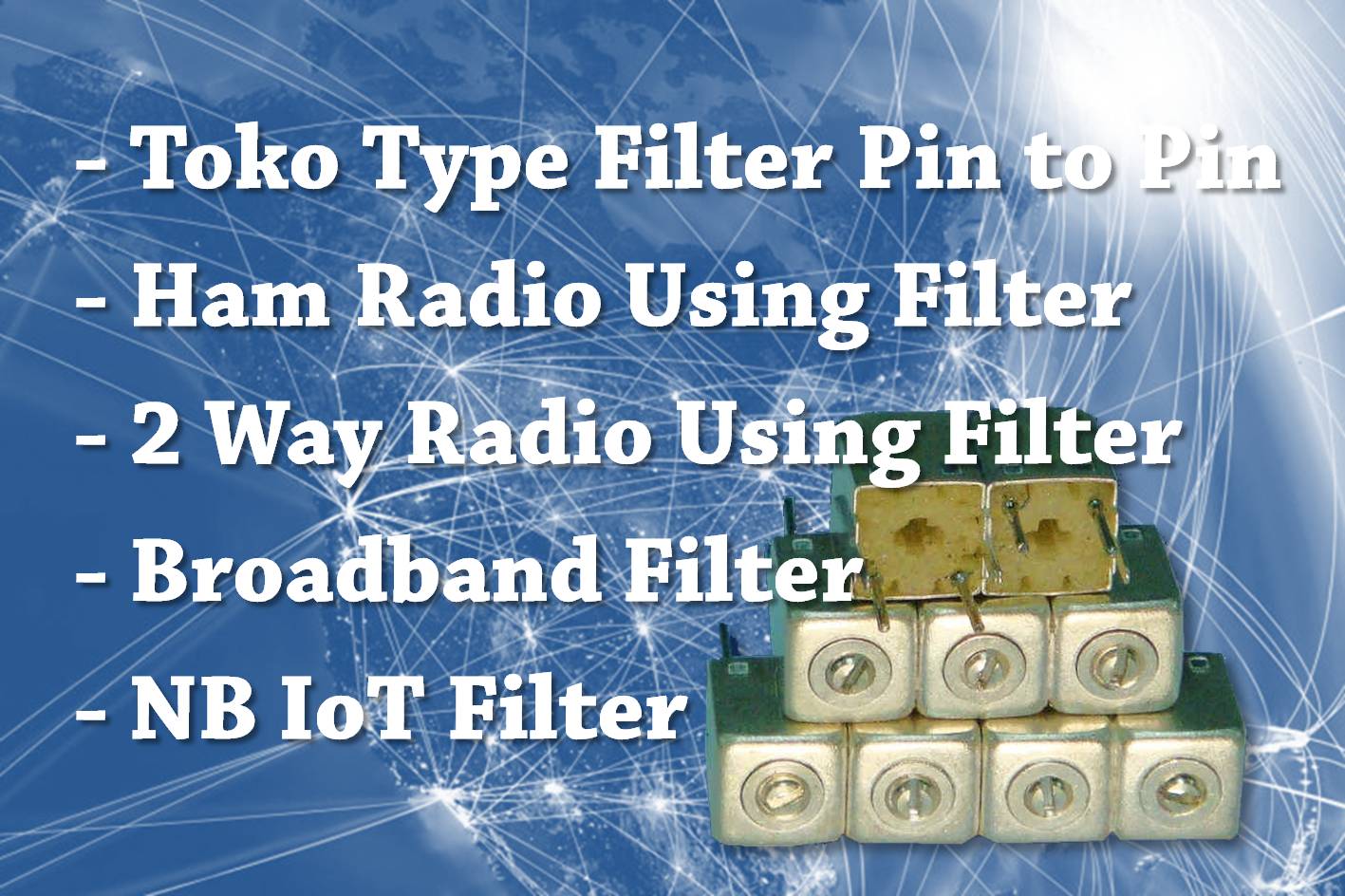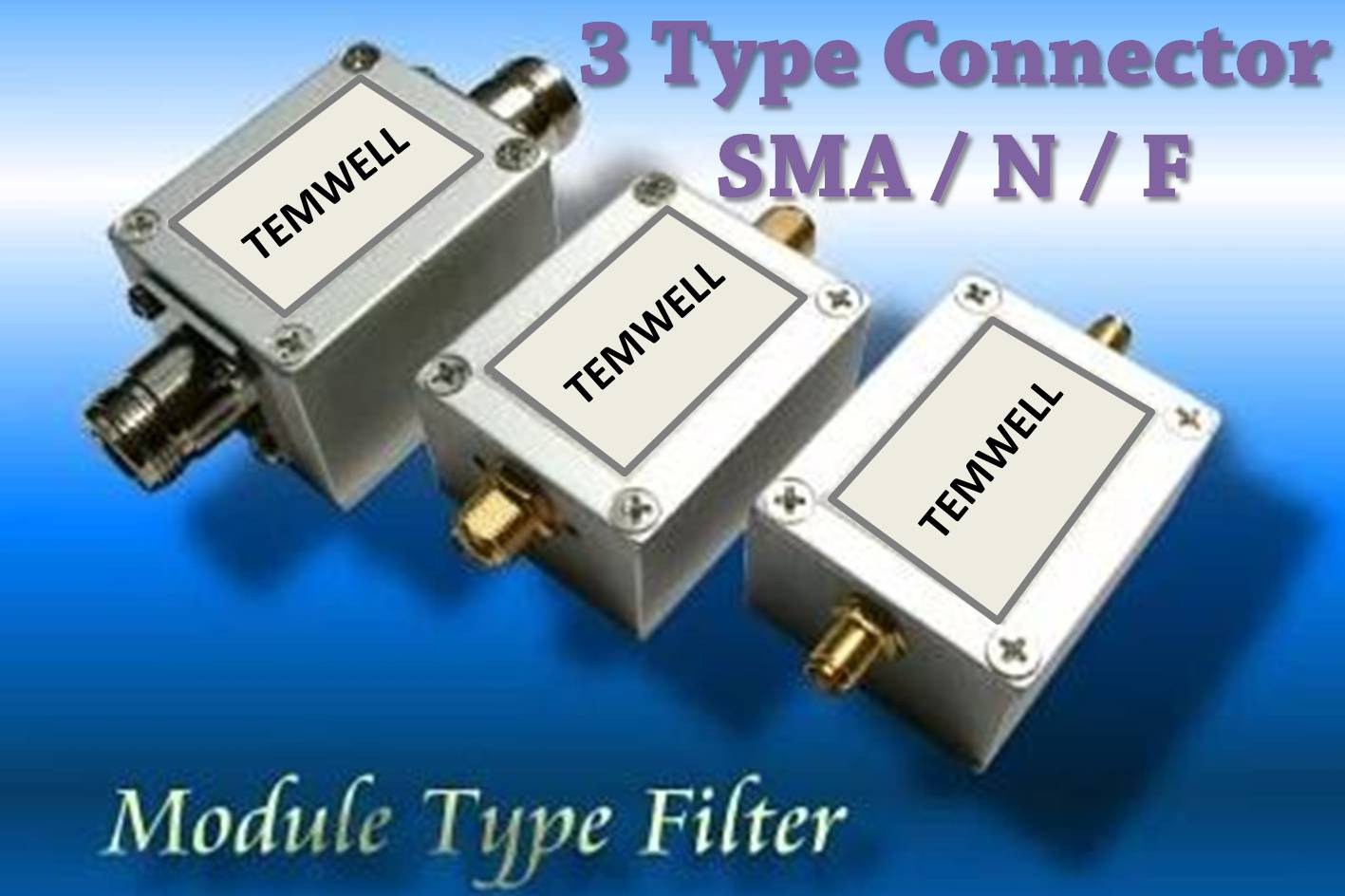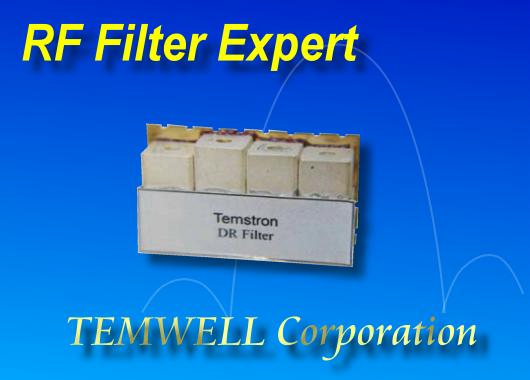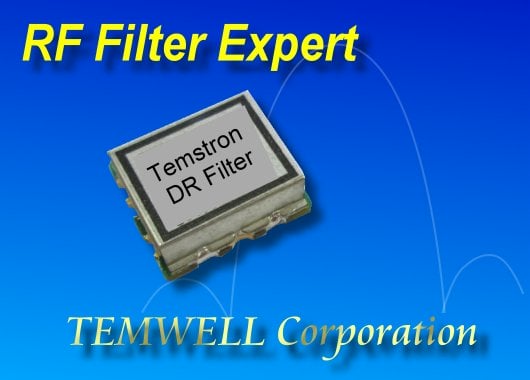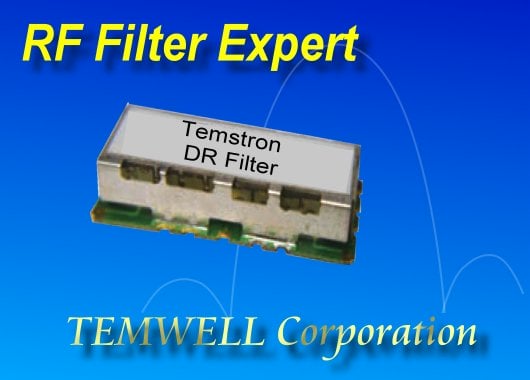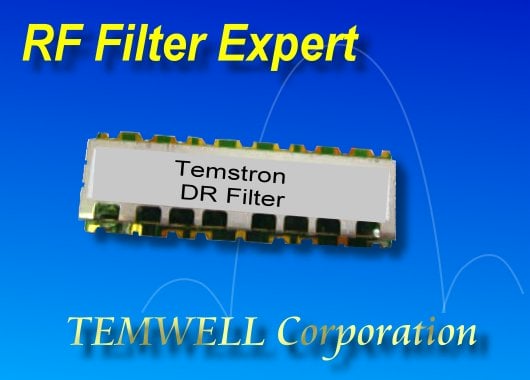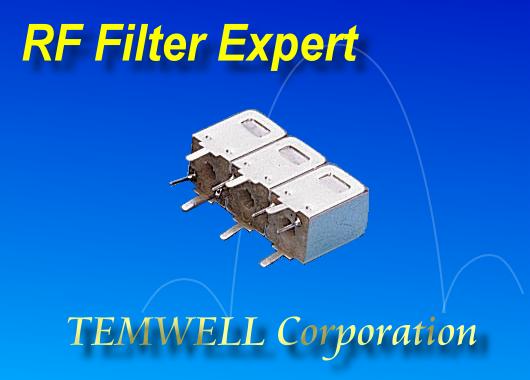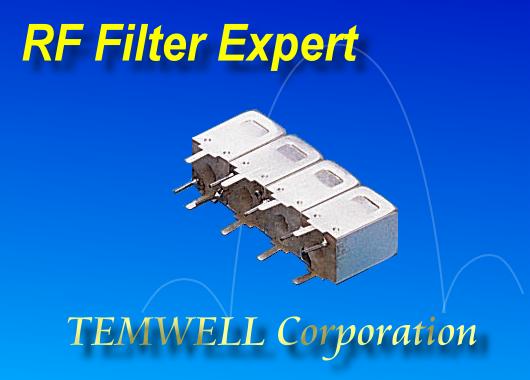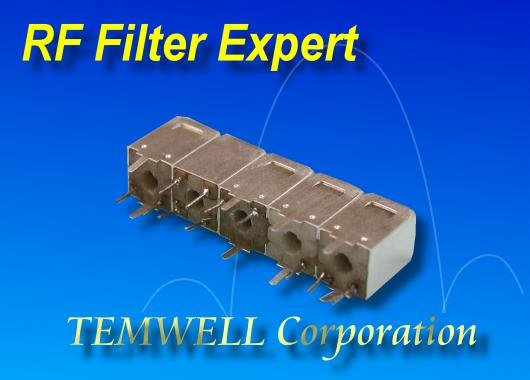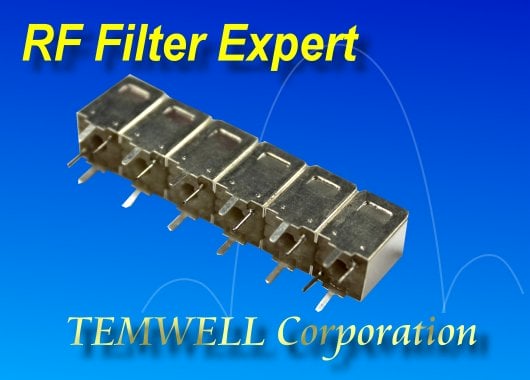RF Filter Lab Test Solution
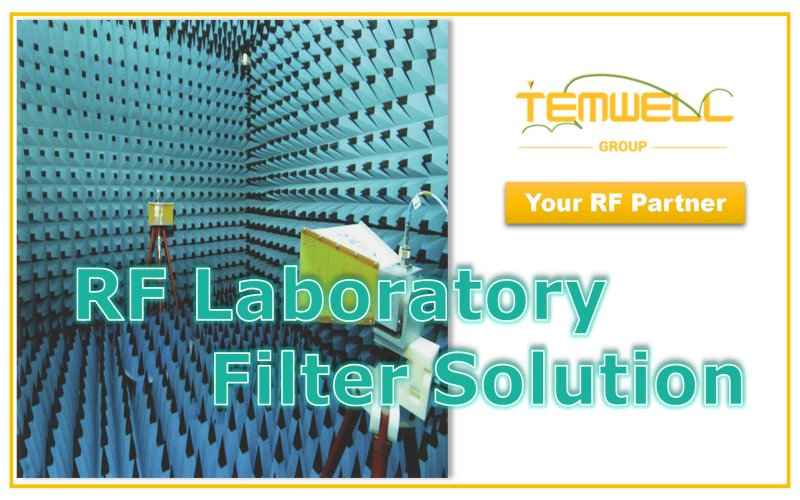
What is RF Laboratory Test and why do we need for?
The RF Laboratory is a professional measurement laboratory for RF microwave filters tests that processes performance measurements on various wireless communication or wireless transmission products. It uses the signal isolation capability of the microwave anechoic chamber to segregate wireless communication products from various other microwave signals, observe RF products in operating conditions, find out the frequency bands where interference may occur in advance, and run product performance remediation to avoid loss. Or you can set up a variety of different operating environments through the microwave anechoic chamber, observe the operation of wireless communication products, and conduct research on improvements, development, and upgrades.
Stepping into the 5G era, almost everything in our living environment has used a large number of diverse wireless communication technologies, such as 4G, Wi-Fi, and Bluetooth technologies, connected to the Internet of Things, and entered the sea of network traffic. With the architecture of the Internet of Everything, make our life more convenient and efficient.
However, the application of composite wireless communication technology not only increases the difficulty of product design but also causes many problems of interference and interference in the use environment. Therefore, passing the RF verification test in the RF measurement laboratory is indispensable for wireless communication generation.
What is an RF verification test?
With the diversified applications of the Internet of Things, everything is connected to the Internet through wireless communication, and the problem of wireless signal interference is becoming more and more serious. In addition to the wireless transmission performance of the product itself, the noise interference of different types of electronic components in the device, whether the user's different operating behaviors triggers the reduction of transmission performance, or whether mutual interference occurs when using wireless radio frequencies of similar frequency bands, etc. It is the problem that the manufacturer needs to solve in the product development stage.
Because of this, all new equipment and products need to be pre-certified by the RF measurement laboratory to ensure that they will not be interfered with by other equipment or interfere with other products. At the same time, it is necessary to find out the affected noise in advance and remedy it, so that it can be successfully listed and avoid future losses due to interference conditions.
Which products require RF verification testing?
Generally speaking, it includes a variety of products capable of wireless communication, or an operating architecture that requires wireless transmission of data for operations, as follows.
1. RF Wireless products, including antenna manufacturers, board design terminals, and final products.
2. Products and devices in IoT system
3. IoT platforms and systems launched by IPC companies that are actively entering the IoT frame.
RF measurement laboratory conducts RF verification test of wireless products. There are four main evaluation indicators, including Wireless Performance, Noise, De-sense, and Coexistence.
1.Wireless Performance:
The most important one is Wireless Performance. There are three most common evaluation indicators, which are TRP, TIS, and Rate vs Range.
(1)TRP (Total Radiated Power):
TRP is the ability to inspect the transmit power transmitted by the product. Simply speaking, it is the area that the signal can cover.
(2)TIS (Total Isotropic Sensitivity):
TIS reflects the receiving sensitivity of the product, whether it can quickly receive the signal and react.
(3)Rate vs Range:
Rate vs Range is a measurement of the change in the transmission performance of the product due to the change in distance.
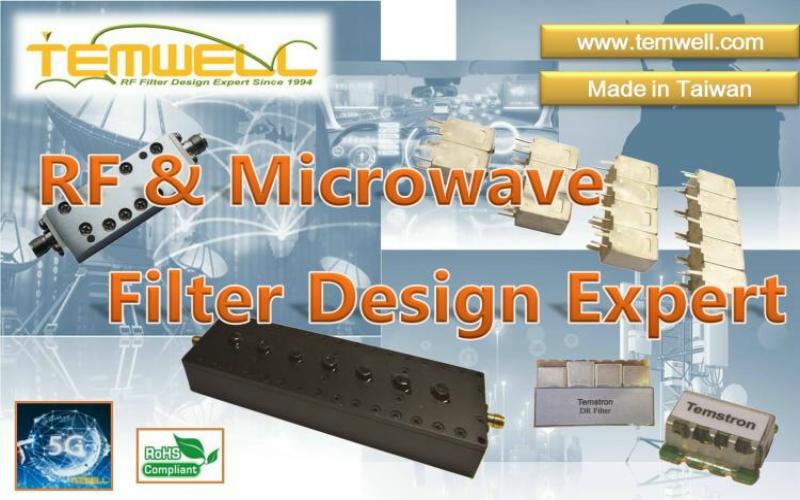
2.Noise:
Noise is the degree of mutual interference generated by the electronic components in the detection device when they generate electromagnetic signals during operating.
3.De-sense:
De-sense is used to observe the interference status and degree of different wireless products, and to check whether it will cause the image or even interrupt the transmission operation. ex: between USB storage device and Wi-Fi transmission device, etc.
4.Coexistence:
Coexistence measures the interference between products using similar RF signal frequency bands, or the same frequency band, including co-frequency interference and adjacent frequency interference.
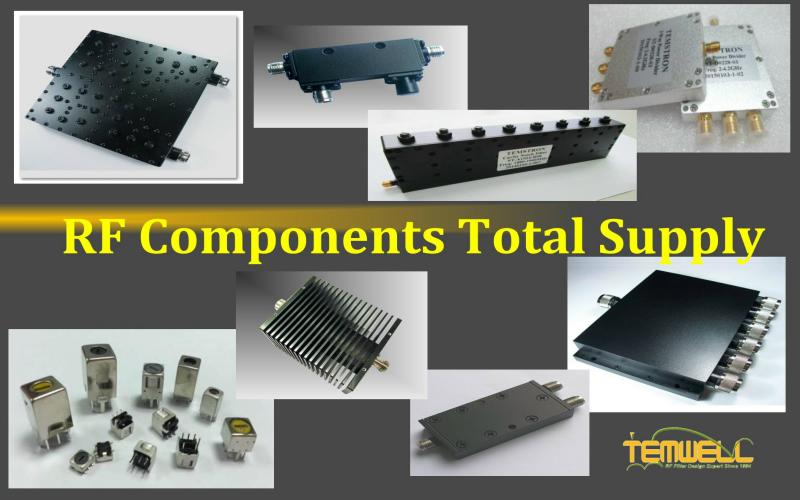
Temwell provides various RF microwave components solutions for the purpose of various RF certifications that RF measurement laboratories need to perform. A variety of products type, strong customization capabilities, and a completed R&D team is the greatest assistance to RF measurement Lab test.
We provide custom design RF microwave filters proposals, including RF low pass filters, RF high pass filters, and other types of RF microwave filters. Products are made in Taiwan with ISO certification, RoHS certification, REACH compliance, and California Proposition 65 compliance. For more information, please do not hesitate to contact us!
Subscribe to us on Facebook for the latest product news.


